The giant panda, an iconic symbol of wildlife conservation, has long puzzled scientists with its ability to thrive on a bamboo-dominated diet despite possessing a digestive system typical of carnivores. Recent breakthroughs in microbiome research have uncovered a remarkable symbiotic strategy between Ailuropoda melanoleuca and its gut microbiota, revealing an evolutionary masterpiece of metabolic adaptation.
For decades, researchers struggled to explain how pandas extract sufficient nutrients from fibrous bamboo, which constitutes 99% of their diet. The answer lies not in the panda's genome but in the hidden microbial universe within their guts. Cutting-edge metagenomic sequencing of panda fecal samples has identified a dynamic consortium of bacteria that functionally mimics the digestive systems of herbivores, effectively turning bamboo into a viable food source.
Seasonal Synchronization of Microbial Communities
One of the most fascinating discoveries involves the panda gut microbiome's ability to remodel itself according to bamboo growth cycles. During spring when bamboo shoots emerge—rich in protein and nutrients—the microbial profile shifts toward Clostridium and Streptococcus species optimized for nutrient absorption. Come summer and autumn, as mature bamboo becomes more fibrous, cellulose-degrading Bacteroides and Prevotella populations dominate, demonstrating an exquisite synchronization with dietary availability.
This microbial plasticity allows pandas to maximize energy extraction year-round. The bacterial consortium produces enzymes like cellulases and hemicellulases that break down plant cell walls, along with nitrogen-recycling pathways that compensate for bamboo's low protein content. Such adaptations explain how pandas maintain energy balance despite consuming 12-15 kg of bamboo daily.
The Carnivore's Herbivorous Transformation
What makes this symbiosis extraordinary is that pandas retain the short gut transit time characteristic of carnivores—about 8-12 hours compared to 24-100 hours in ruminants. Their microbial partners have evolved rapid fermentation strategies, with certain bacterial strains showing 40% faster fiber degradation rates than those found in dedicated herbivores. This microbial efficiency compensates for the panda's suboptimal digestive anatomy.
Researchers identified unique gene clusters in panda gut bacteria that encode specialized carbohydrate-active enzymes (CAZymes). These include novel cellulase variants with higher activity at the panda's body temperature (37°C) compared to versions found in other mammals. The microbes also upregulate vitamin biosynthesis pathways, particularly for B vitamins scarce in bamboo, creating a nutritional safety net.
Conservation Implications and Future Research
Understanding these microbial partnerships has profound implications for panda conservation. Captive pandas often suffer digestive issues, possibly due to inadequate microbial colonization. Probiotic therapies tailored to replicate wild panda microbiomes could improve captive breeding success. Scientists are also exploring whether these bamboo-digesting bacteria could inspire novel biorefining technologies for converting plant waste into biofuels.
Ongoing studies are investigating how climate change might disrupt these delicate microbial ecosystems as bamboo forests shift geographically. Early evidence suggests pandas may rely on vertical transmission of key bacterial strains from mother to cub during nursing and close contact, making habitat fragmentation particularly threatening to this evolved symbiosis.
The panda's story revolutionizes our understanding of host-microbe coevolution. Rather than evolving elaborate stomach chambers like ruminants, pandas outsourced their digestive challenges to microbial partners—an elegant biological hack that allowed an ancestral carnivore to conquer an improbable vegetarian niche. This discovery underscores that what makes an animal thrive isn't always written in its genes, but often in the invisible world of its microscopic allies.
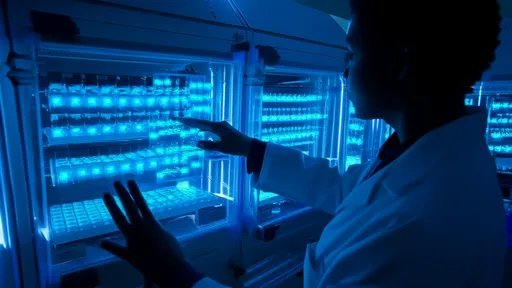
By /Jul 3, 2025
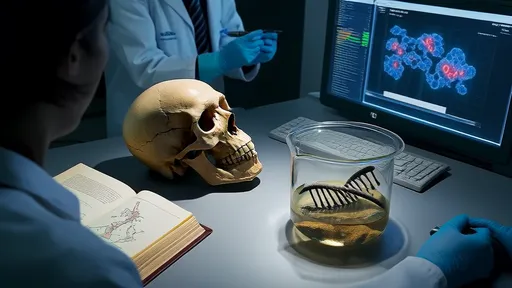
By /Jul 3, 2025

By /Jul 3, 2025

By /Jul 3, 2025

By /Jul 3, 2025

By /Jul 3, 2025

By /Jul 3, 2025
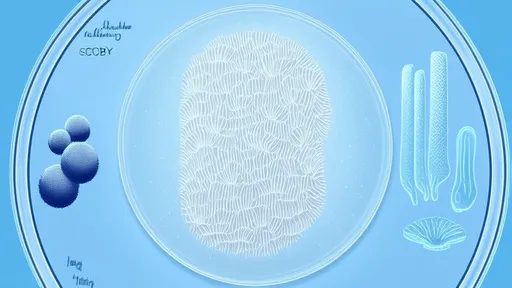
By /Jul 3, 2025
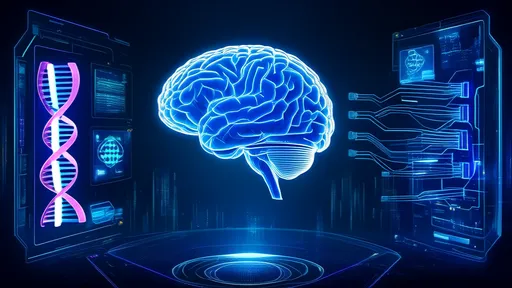
By /Jul 3, 2025

By /Jul 3, 2025

By /Jul 3, 2025
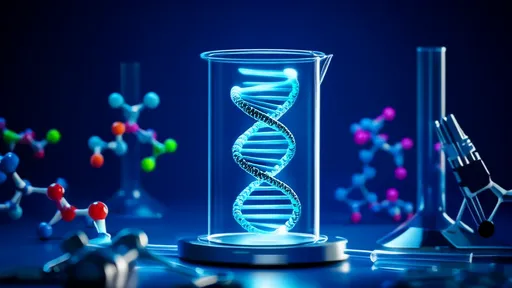
By /Jul 3, 2025
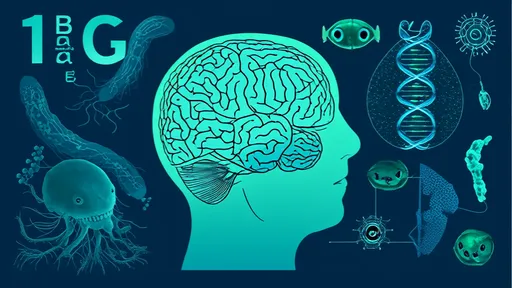
By /Jul 3, 2025
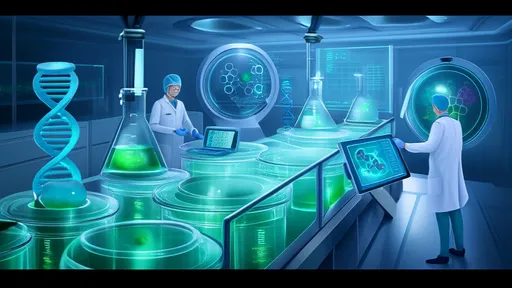
By /Jul 3, 2025
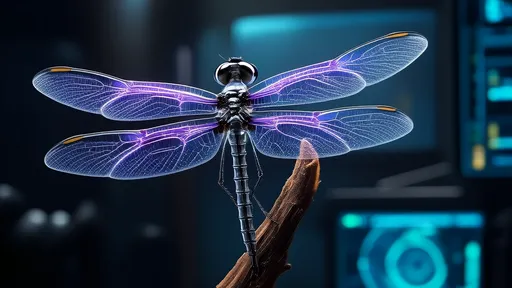
By /Jul 3, 2025
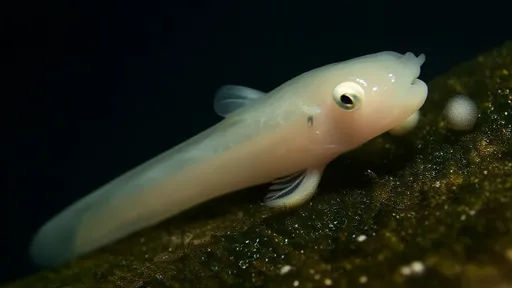
By /Jul 3, 2025
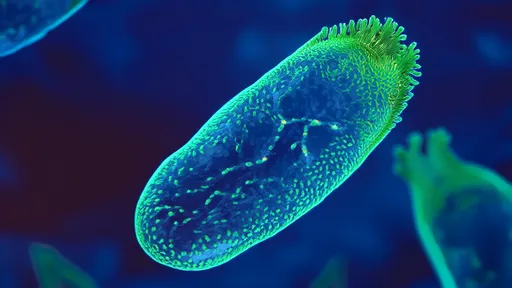
By /Jul 3, 2025
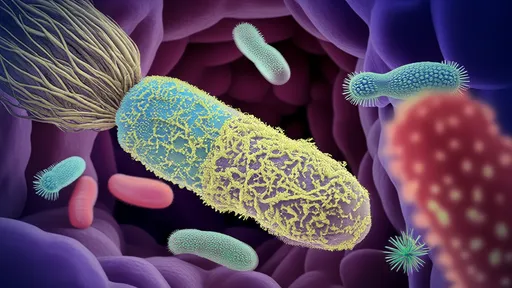
By /Jul 3, 2025
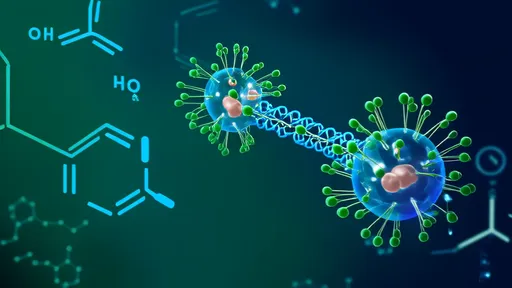
By /Jul 3, 2025
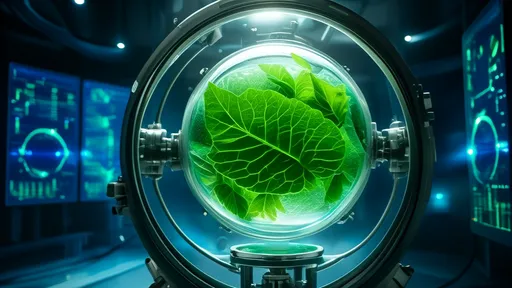
By /Jul 3, 2025